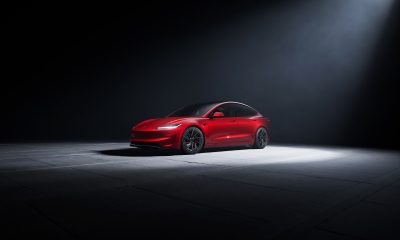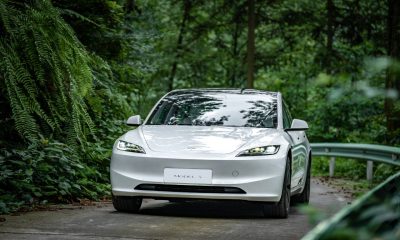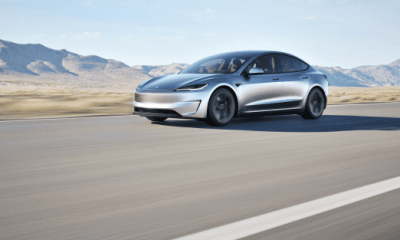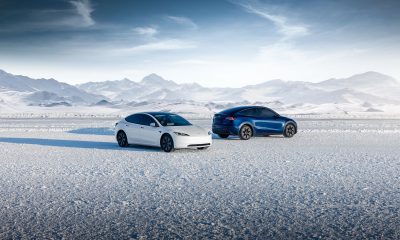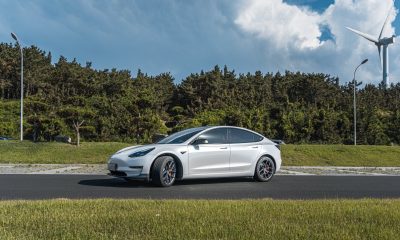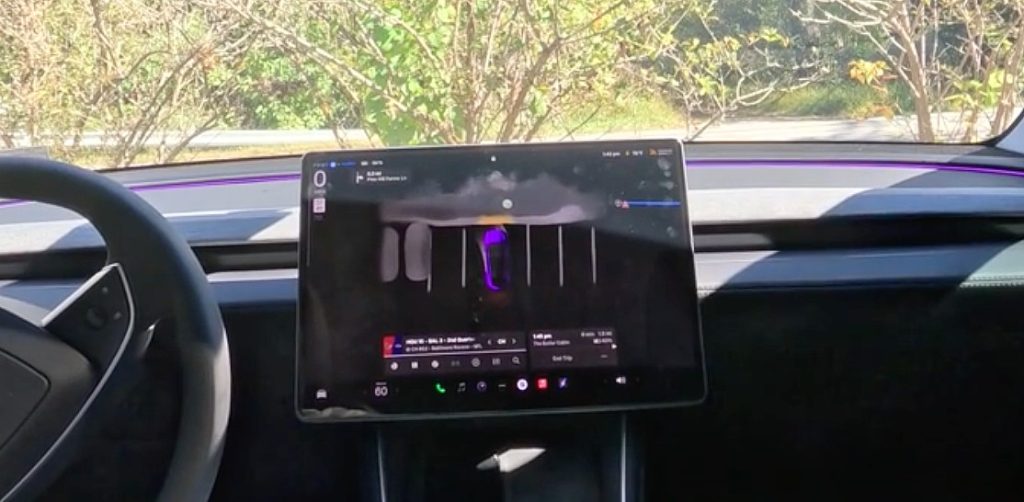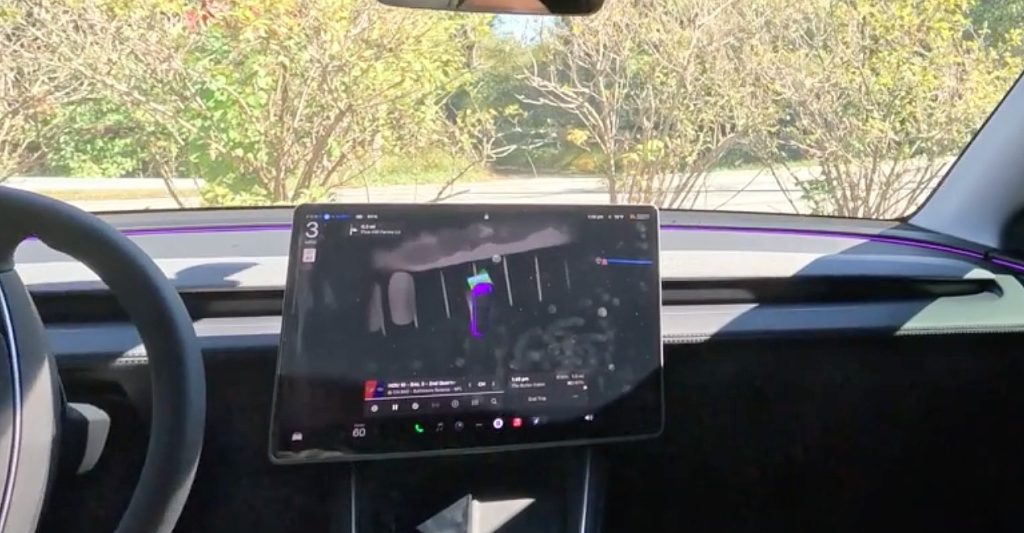News
Tesla Gigafactory will begin Model 3 battery cell production in Q2
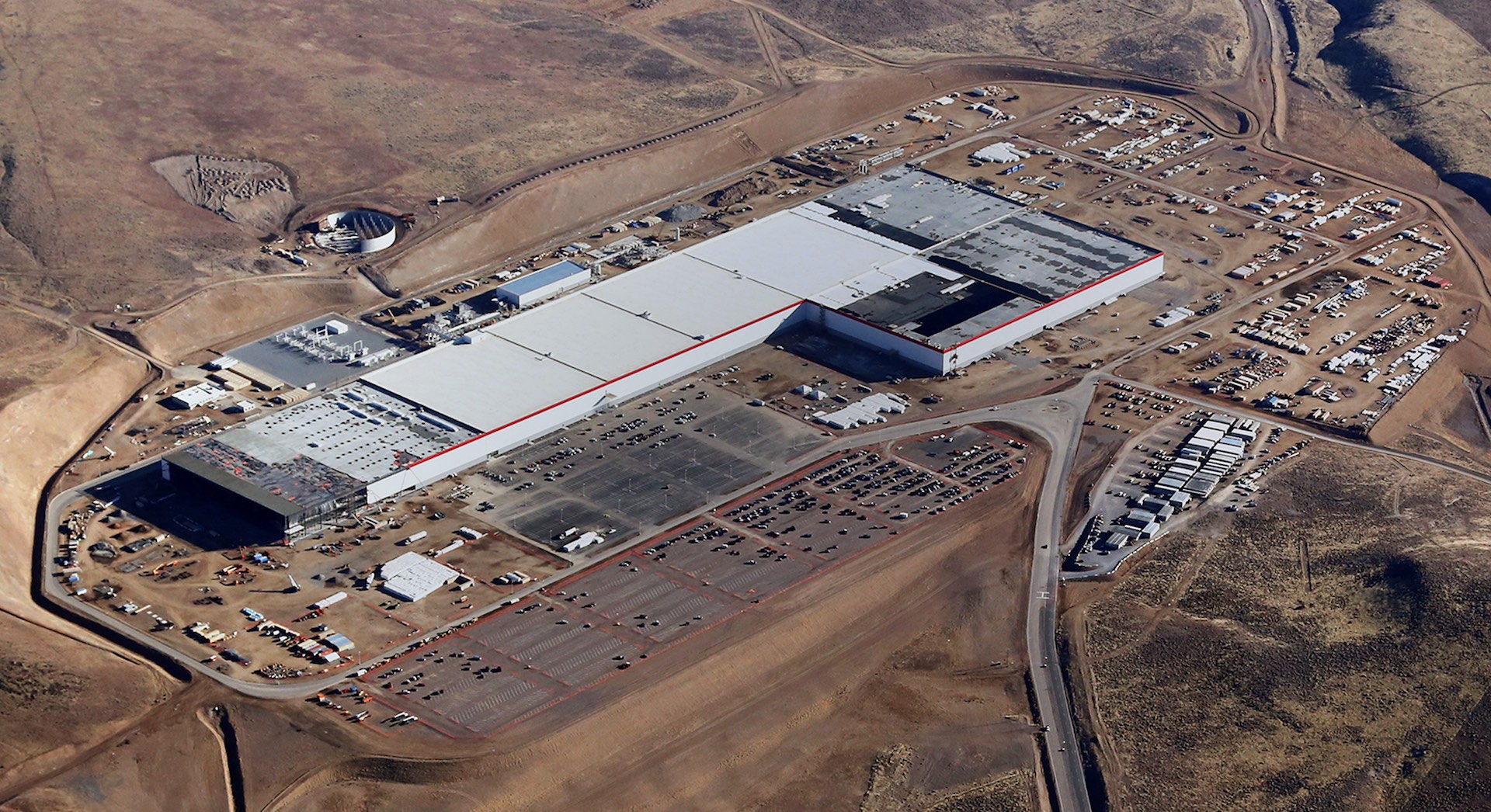
Tesla announced today that it has begun mass production of lithium-ion battery cells to be used in the company’s line of energy storage products and the much anticipated Model 3 sedan, from its Gigafactory battery plant in Sparks, Nevada.
A tour of Tesla’s Gigafactory last summer showed that the company was already building high performance ‘2170’ battery cells in conjunction with strategic partner Panasonic from the $5 billion battery facility. The new cell format, 21 millimeters in diameter and 70 millimeters long, provides significant improvements in energy density over the more traditional 18650 cells currently being used on its fleet of vehicles.
“The high performance cylindrical “2170 cell” was jointly designed and engineered by Tesla and Panasonic to offer the best performance at the lowest production cost in an optimal form factor for both electric vehicles and energy products.” says Tesla through a press release.
"we're Ludicrously aggressive" with our battery production. "Robot colleagues" move material across #Gigafactory. pic.twitter.com/Lg05BEtLxB
— TESLARATI (@Teslarati) July 30, 2016
Inline with our recent report that the Gigafactory has completed construction on new sections on the north and south ends of the main building – as seen through a drone flyover video – and effectively doubling the size of the plant, Tesla announced through today’s press release that its current structure is nearly 30 percent done.
“Already, the current structure has a footprint of 1.9 million square feet, which houses 4.9 million square feet of operational space across several floors.” says Tesla, adding, “we are still less than 30 percent done. Once complete, we expect the Gigafactory to be the biggest building in the world.”
Tesla is taking a phased approach with building out additional sections at the Gigafactory so that Panasonic and other partners operating within the facility can begin manufacturing immediately inside completed areas. The process will allow the company to maintain a high level of efficiency as it learns from the build-out of each zone, and improve on its “construction and operational techniques” in an effort to ultimately drive down the cost of energy storage.
“With the Gigafactory online and ramping up production, our cost of battery cells will significantly decline due to increasing automation and process design to enhance yield, lowered capital investment per Wh of production, the simple optimization of locating most manufacturing processes under one roof, and economies of scale. By bringing down the cost of batteries, we can make our products available to more and more people, allowing us to make the biggest possible impact on transitioning the world to sustainable energy.”
With nearly 400,000 reservations placed on Tesla’s upcoming mass market Model 3, which the company says through its website will see first deliveries beginning at the end of this year, mass production of 2170 battery cells couldn’t be more important. Tesla will likely provide additional insight on Model 3 progress as it closes the first quarter and begins production on vehicle components including the battery pack for its affordable long-range electric car.
News
Tesla plant manager tips off affordable model production
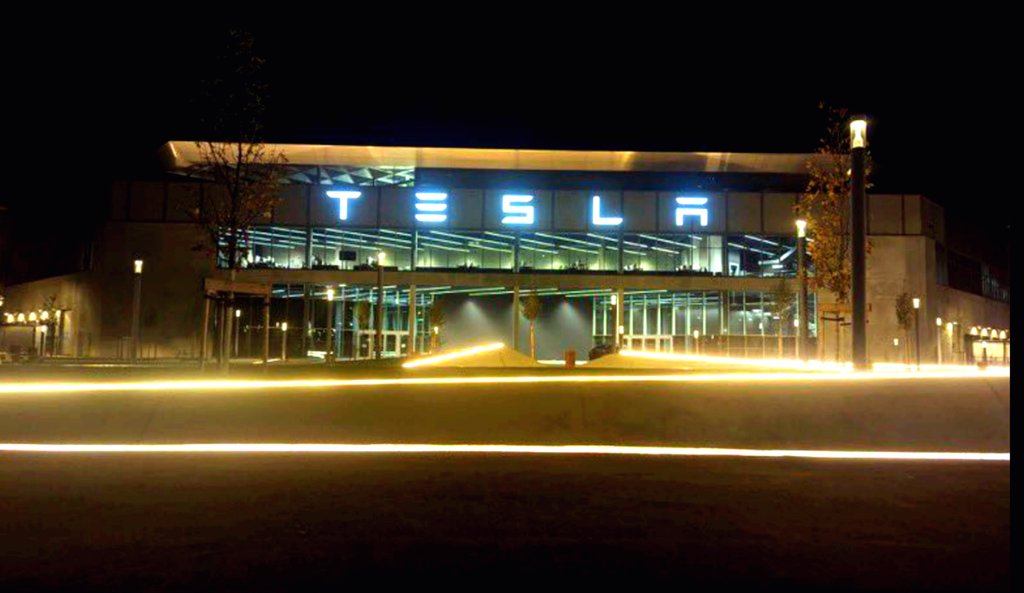
A plant manager at a Tesla factory just tipped off the fact that the company will begin production of an affordable model in the coming weeks, all but confirming that a new car will be unveiled tomorrow.
Tesla has been teasing some kind of product unveiling for October 7 on its social media accounts. It has now dropped two separate indications that a new product is coming on its X account.
Fans have been anticipating two things: either the company’s planned affordable model, which has been codenamed “E41,” or the Roadster, a long-awaited vehicle that Tesla has kept under wraps for much longer than it would likely care to admit.
Tesla all but confirms that affordable Model Y is coming Tuesday
André Thierig, Tesla’s plant manager at the German production plant Gigafactory Berlin, tipped off what is likely coming tomorrow at the product unveiling as he revealed during an internal event today that a light version of the Model Y will begin series production and deliveries “in a few weeks.”
Thierig’s revealing of plans was reported by Handelsblatt, a German media outlet.
The description of a “light version of the Model Y” aligns with what CEO Elon Musk said earlier this year, as well as what we have seen on public roads, both covered and uncovered.
Last week, we finally saw an uncovered version of what the affordable model likely is, as it was cruising around near Gigafactory Texas, just outside of Austin.
Tesla coding shows affordable model details, including potential price
Musk said earlier this year, candidly during an Earnings Call, that the affordable model Tesla planned to release was a Model Y.
“It’s just a Model Y. Let the cat out of the bag there,” Musk said.
The images of what we assumed to be the affordable model lined up with Musk’s candid statement:
🚨 It looks like the new affordable Tesla Model Y was spotted near Giga Texas
Model Y body with the Model 3 fascia, no glass roof, and looks as if there is a front bumper camera!
Should be coming soon! https://t.co/UAXQMHjM23 pic.twitter.com/9lC5te9GnW
— TESLARATI (@Teslarati) October 3, 2025
Tesla is expected to unveil its affordable model tomorrow during the planned event, which has been teased twice. Pricing and other details are still pending, but the company is expected to reveal this information tomorrow.
News
Three things Tesla needs to improve with Full Self-Driving v14 release
These are the three things I’d like to see Tesla Full Self-Driving v14 improve.
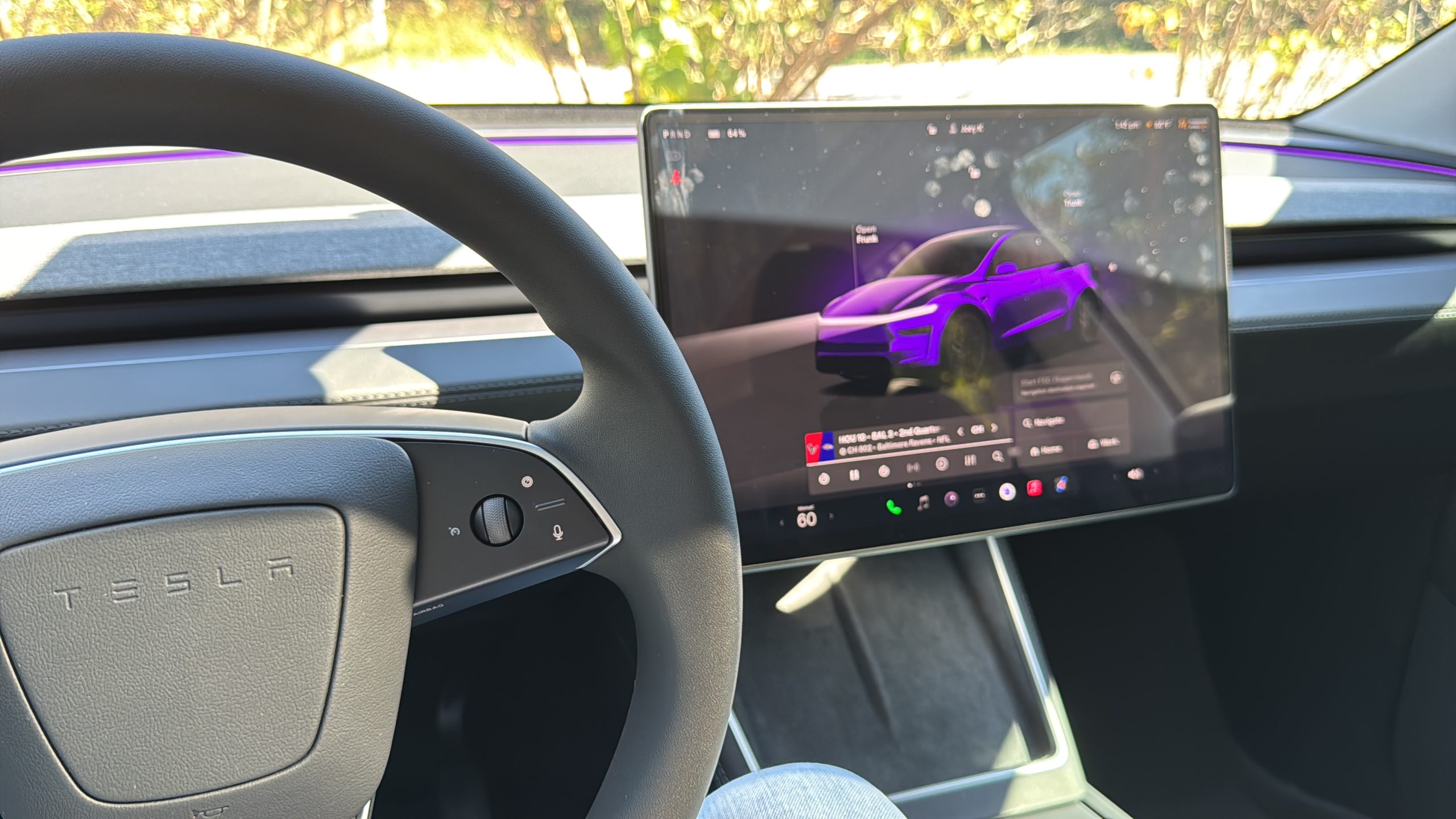
As Tesla plans to release Full Self-Driving version 14 this week after CEO Elon Musk detailed a short delay in its rollout, there are several things that continue to plague what are extremely well-done drives by the suite.
Tesla Full Self-Driving has truly revolutionized the way I travel, and I use it for the majority of my driving. However, it does a few things really poorly, and these issues are consistent across many drives, not just one.
Tesla Full Self-Driving impressions after three weeks of ownership
Musk has called FSD v14 “sentient” and hinted that it would demonstrate drastic improvements from v13. The current version is very good, and it commonly performs some of the more difficult driving tasks well. I have found that it does simple, yet crucial things, somewhat poorly.
These are the three things I’d like to see Tesla Full Self-Driving v14 improve.
Navigation, Routing, and Logical Departure
My biggest complaint is how poorly the navigation system chooses its route of departure. I’ve noticed this specifically from where I Supercharge. The car routinely takes the most illogical route to leave the Supercharger, a path that would require an illegal U-turn to get on the correct route.
I managed to capture this yesterday when leaving the Supercharger to go on a lengthy ride using Full Self-Driving:
You’ll see I overrode the attempt to turn right out of the lot by pushing the turn signal to turn left instead. If you go right, you’ll go around the entire convenience store and end up approaching a traffic light with a “No U-Turn” sign. The car has tried to initiate a U-turn at this light before.
If you’re attempting to get on the highway, you simply have to leave the convenience store on a different route (the one I made the vehicle go in).
It then attempted to enter the right lane when the car needed to remain in the left lane to turn left and access the highway. I manually took over and then reactivated Full Self-Driving when it was in the correct lane.
To achieve Unsupervised Full Self-Driving, such as navigating out of a parking lot and taking the logical route, while also avoiding illegal maneuvers, is incredibly crucial.
Too Much Time in the Left Lane on the Highway
It is illegal to cruise in the left lane on highways in all 50 U.S. states, although certain states enforce it more than others. Colorado, for example, has a law that makes it illegal to drive in the left lane on highways with a speed limit of 65 MPH or greater unless you are passing.
In Florida, it is generally prohibited to use the left lane unless you are passing a slower vehicle.
In Pennsylvania, where I live, cruising in the left lane is illegal on limited-access highways with two or more lanes. Left lanes are designed for passing, while right lanes are intended for cruising.
Full Self-Driving, especially on the “Hurry” drive mode, which drives most realistically, cruises in the left lane, making it in violation of these cruising laws. There are many instances when it has a drastic amount of space between cars in the right lane, and it simply chooses to stay in the left lane:
The clip above is nearly 12 minutes in length without being sped up. In real-time, it had plenty of opportunities to get over and cruise in the left lane. It did not do this until the end of the video.
Tesla should implement a “Preferred Highway Cruising Lane” option for two and three-lane highways, allowing drivers to choose the lane that FSD cruises in.
It also tends to pass vehicles in the slow lane at a speed that is only a mile an hour or two higher than that other car.
This holds up traffic in the left lane; if it is going to overtake a vehicle in the right lane, it needs to do it faster and with more assertiveness. It should not take more than 5-10 seconds to pass a car. Anything longer is disrupting the flow of highway traffic.
Parking
Full Self-Driving does a great job of getting you to your destination, but parking automatically once you’re there has been a pain point.
As I was arriving at my destination, it pulled in directly on top of the line separating two parking spots. It does this frequently when I arrive at my house as well.
Here’s what it looked like yesterday:
Parking is one of the easier tasks Full Self-Driving performs, and Autopark does extremely well when the driver manually chooses the spot. I use Autopark on an almost daily basis.
However, if I do not assist the vehicle in choosing a spot, its performance pulling into spaces is pretty lackluster.
With a lot of hype surrounding v14, Tesla has built up considerable anticipation among owners who want to see FSD perform the easy tasks well. As of now, I believe it does the harder things better than the easy things.
Elon Musk
Elon Musk teases previously unknown Tesla Optimus capability
Elon Musk revealed over the weekend that the humanoid robot should be able to utilize Tesla’s dataset for Full Self-Driving (FSD) to operate cars not manufactured by Tesla.
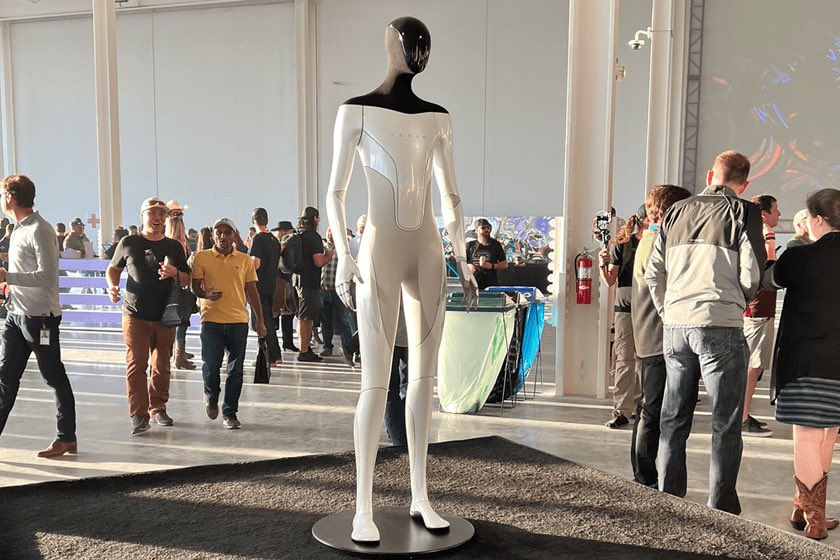
Elon Musk revealed a new capability that Tesla Optimus should have, and it is one that will surely surprise many people, as it falls outside the CEO’s scope of his several companies.
Tesla Optimus is likely going to be the biggest product the company ever develops, and Musk has even predicted that it could make up about 80 percent of the company’s value in the coming years.
Teasing the potential to eliminate any trivial and monotonous tasks from human life, Optimus surely has its appeal.
However, Musk revealed over the weekend that the humanoid robot should be able to utilize Tesla’s dataset for Full Self-Driving (FSD) to operate cars not manufactured by Tesla:
Probably
— Elon Musk (@elonmusk) October 5, 2025
FSD would essentially translate from operation in Tesla vehicles from a driverless perspective to Optimus, allowing FSD to basically be present in any vehicle ever made. Optimus could be similar to a personal chauffeur, as well as an assistant.
Optimus has significant hype behind it, as Tesla has been meticulously refining its capabilities. Along with Musk’s and other executives’ comments about its potential, it’s clear that there is genuine excitement internally.
This past weekend, the company continued to stoke hype behind Optimus by showing a new video of the humanoid robot learning Kung Fu and training with a teacher:
🚨 Some have wondered if this is ‘staged’ or if Optimus is teleoperated here
Elon Musk said this is completely AI https://t.co/N69uDD6OVM
— TESLARATI (@Teslarati) October 4, 2025
Tesla plans to launch its Gen 3 version of Optimus in the coming months, and although we saw a new-look robot just last month, thanks to a video from Salesforce CEO and Musk’s friend Marc Benioff, we have been told that this was not a look at the company’s new iteration.
Instead, Gen 3’s true design remains a mystery for the general public, but with the improvements between the first two iterations already displayed, we are sure the newest version will be something special.
-
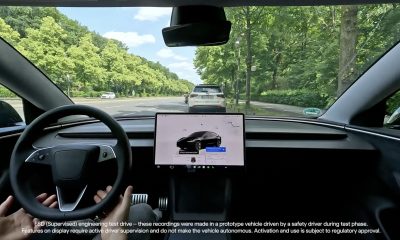
 Elon Musk2 weeks ago
Elon Musk2 weeks agoTesla FSD V14 set for early wide release next week: Elon Musk
-
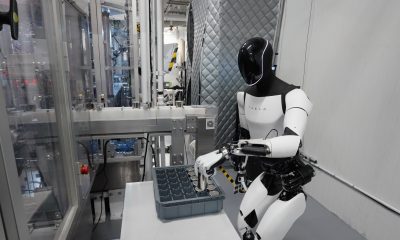
 News1 week ago
News1 week agoElon Musk gives update on Tesla Optimus progress
-
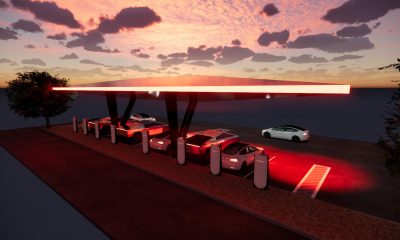
 News2 weeks ago
News2 weeks agoTesla has a new first with its Supercharger network
-
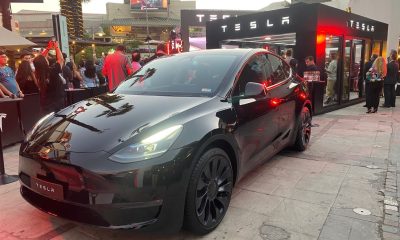
 News2 weeks ago
News2 weeks agoTesla job postings seem to show next surprise market entry
-
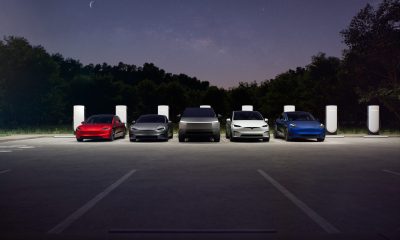
 News2 weeks ago
News2 weeks agoTesla makes a big change to reflect new IRS EV tax credit rules
-
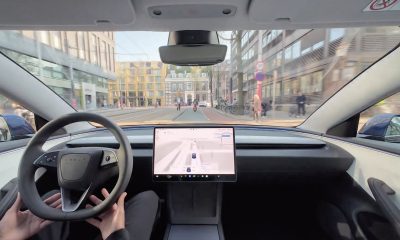
 Investor's Corner1 week ago
Investor's Corner1 week agoTesla gets new Street-high price target with high hopes for autonomy domination
-
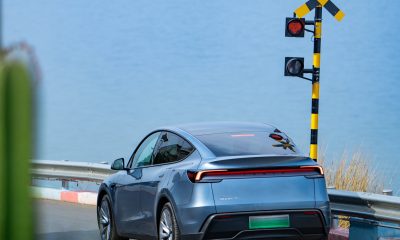
 Lifestyle1 week ago
Lifestyle1 week ago500-mile test proves why Tesla Model Y still humiliates rivals in Europe
-
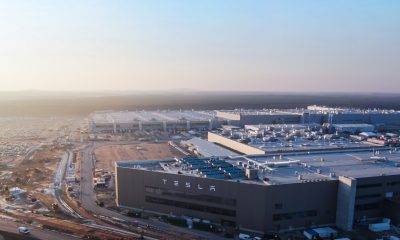
 News1 week ago
News1 week agoTesla Giga Berlin’s water consumption has achieved the unthinkable



